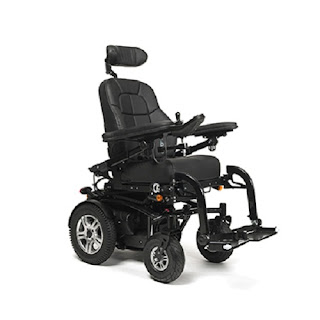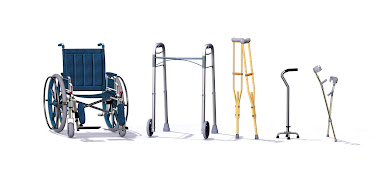Choosing the Right Walking Frame: A Comprehensive Guide
As we age or face mobility challenges, maintaining independence becomes increasingly important. Frames, also known as walkers, offer essential support and stability, allowing individuals to move around with confidence and ease.
However, with various options available in the market, choosing the right walking frame can be overwhelming. In this comprehensive guide, let’s explore the different types of walking frames available, factors to consider when choosing one, and additional features that can enhance your mobility and comfort.
Why Choose a Walking Frame?
Frames are designed to provide stability and support, helping individuals maintain balance and reduce the risk of falls. They are particularly beneficial for seniors, those recovering from surgery, or anyone with mobility issues. By providing a stable base of support, walking can improve confidence and independence, allowing individuals to remain active and engaged in daily activities.
Types:
- Standard:
- Basic frames with four legs and no wheels.
- Ideal for individuals who need maximum stability and support.
- Folding:
- Similar to standard frames but with the added convenience of being foldable for easy storage and transportation.
- Wheeled Walking Frames (Rollators):
- Equipped with wheels for smoother movement.
- Ideal for those who need a bit more assistance with mobility.

Factors to Consider When Choosing a Walking Frame:
- Mobility Needs:
- Consider your level of mobility and stability.
- Do you need minimal support or more assistance with walking?
- Size and Height:
- Ensure the walking frame is adjustable to your height.
- The frame should provide proper support without causing discomfort.
- Weight Capacity:
- Check the maximum weight the walking frame can support.
- Choose one disability aids shop that comfortably accommodates your weight.
- Portability and Storage:
- If you travel frequently, opt for a folding or lightweight frame.
- Consider the size of the frame when folded for easy storage.
- Terrain and Environment:
- Will you be using the walking frame indoors, outdoors, or both?
- Choose a frame with suitable wheels for the terrain you'll be navigating.
Additional Features to Look For:
- Hand Grips:
- Comfortable and ergonomic grips of disability aids shop reduce strain on the hands.
- Some frames come with padded grips for added comfort.
- Accessories:
- Look for frames with baskets or pouches for carrying personal items.
- Some frames have built-in seats for resting during long walks.
- Brakes:
- Wheeled frames should have reliable brakes for added safety.
- Ensure the brakes are easy to operate and can be locked in place.
Final Thoughts
Choosing the right walking frames is essential for maintaining independence and mobility. Consider your specific needs, mobility requirements, and lifestyle when selecting a walking frame. By taking these factors into account, you can find the perfect walking frame to support your active lifestyle and ensure safe and comfortable mobility.
Remember, a walking frame is an investment in your independence and well-being. Take the time to research and try out different options to find the one that best meets your needs. With the right walking frame, you can enjoy greater freedom and confidence in your daily activities.



Comments
Post a Comment